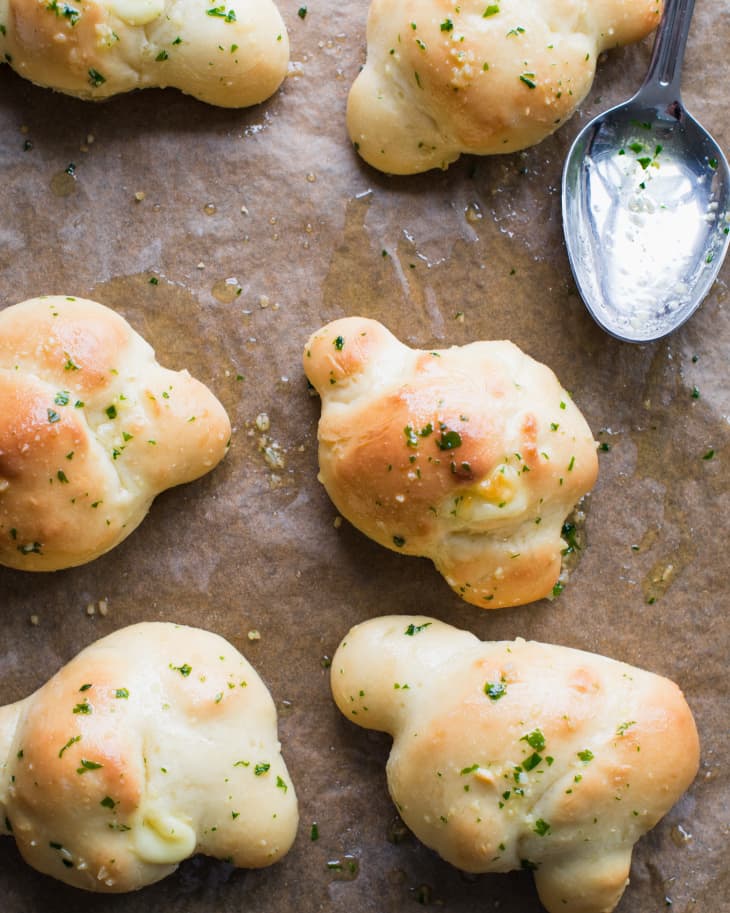5 Mistakes to Avoid When Baking with Yeast
Whether you’re making pizza dough, sandwich bread, or cinnamon rolls, you’re going to need some yeast. It’s an ingredient in baked goods that can be a little daunting to those who aren’t familiar with it, but once you have a few tips and tricks under your belt to help you understand it better, it’s a great tool in your kitchen. Here are a handful of common mistakes to avoid when baking with yeast.
5 Mistakes to Avoid When Baking with Yeast
1. Being afraid to even use it.
The first mistake to avoid is not baking with yeast all together. For years, I was afraid to use it, for fear it my dough wouldn’t rise, so I reverted to quick bread recipes instead. But I’ve learned that it isn’t as scary as you think it is — and you won’t become confident baking with it until you, well, actually start baking with it.
Follow this tip: If you’re intimidated by baking with yeast, know that there really isn’t anything to be afraid of! Just follow the recipe and you’ll be in good shape.
2. Not checking the expiration date.
If yeast has failed you in the past, it’s likely because it was dead. Those tiny packets you can pick up at the grocery store have expiration dates on them that are easy to miss.
Follow this tip: Check the expiration date of the yeast you’re using before starting to bake to ensure the yeast is still alive and fresh.
3. Mixing it with liquid that’s too cold or hot.
Another reason your baked good might not rise with yeast is because the liquid you used was too cold or hot. Yeast is very particular and works best at temperatures between 70°F and 80°F. If you mix it with very hot or boiling liquid, you’ll kill it, and if you mix it with cold liquid, it won’t be warm enough to get it moving.
Follow this tip: When mixing yeast with liquid, opt for liquid that is just barely warm or lukewarm to the touch.
4. Swapping the wrong kinds of yeast with another.
There are many different kinds of yeast out there, from active dry to instant to rapid rise to fresh. While they all basically do the same thing — get dough to rise — they do it all a little differently. It’s best to stick to the type of yeast that’s called for in the recipe. The one exception, however, is active dry and instant yeast, which can be used interchangeably.
Follow this tip: Different types of yeast produce different results. When in doubt, follow the recipe (and what it calls for) completely.
5. Not storing it properly.
Yeast is a living thing, so you want to treat it right. For the same reason you want to check the expiration date and and mix it with the right temperature water, you want to store it properly, too. While fresh yeast should be stored in the refrigerator for up to two weeks, the freezer is the best place to store any type of dry yeast. This will put it on pause and extend its active lifespan even past its expiration date — I currently have a jar of instant yeast in my freezer that’s more than a few years old and is still working great!
Follow this tip: Store fresh yeast in the refrigerator and use it within two weeks. Store dry yeast in an airtight container in the freezer for the most long-term storage. Kept this way, it should last at least a couple of years.
